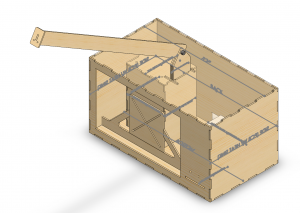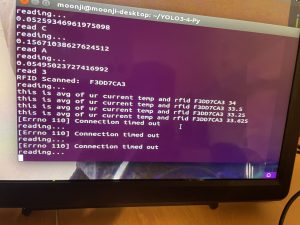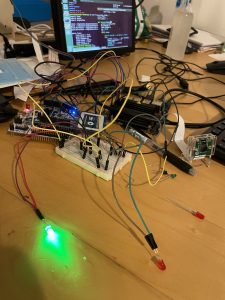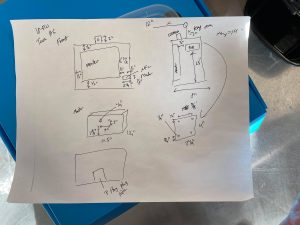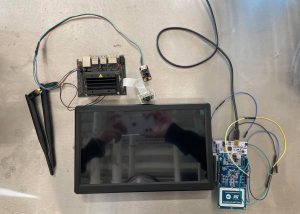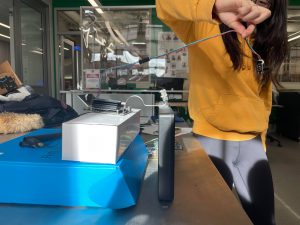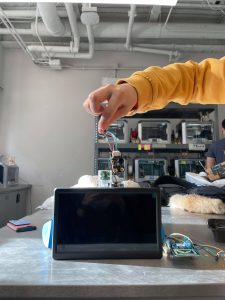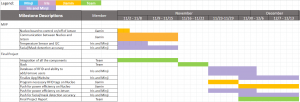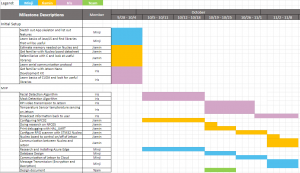This week, everyone met up at Gates to film the demo video! We got really good use case clips of our project (no mask, mask, improper mask, proper temperature, failed temperature). We also were able to take some fancy photos of our device and made it look professional. We will be incorporating these photos in our report and presentation. We also all met up to finish up the slides for the presentation on Monday, and have given it to Cindy for feedback. We will be reading over her comments and fixing it today The device works really well and we have tested it against our metrics, which meets our expectations.
Everything is on track for our project and we are so happy that everything is working as expected! We will be doing the final report and demo video in the upcoming days.
